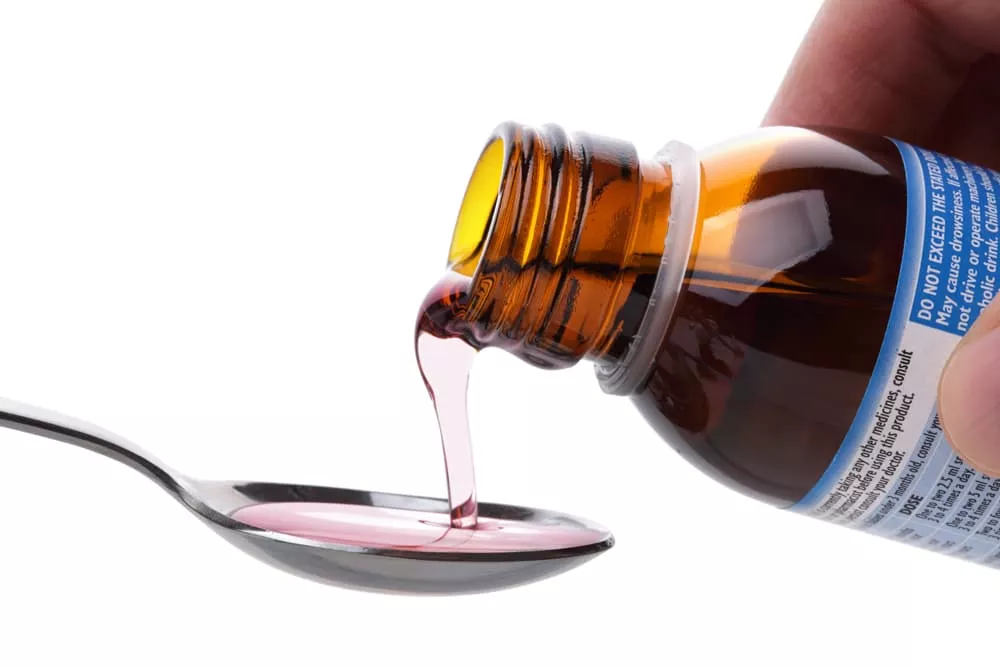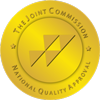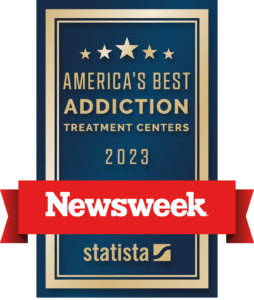Pharmacology Classifications of Drugs (Drug Classifications)
Most people know there are drug classifications. But, what does classification mean? Classification means grouping medications by similarities. For example, it is based on medical value and the risk of misuse. Pharmacology classification of drugs is known as schedules.
In the 1960s, crime and drug use spiked quickly. So, the government launched studies. The studies found a link between crime and addiction. As a result, the War on Drugs began.
The first legislative Act gave a legal basis to the War on Drugs. It is the Comprehensive Drug Abuse Prevention and Control Act. This Act took all federal drug statutes and merged them into one law. This makes it faster and easier to prosecute drug cases.
The Controlled Substances Act (CSA) is Title II of the Act. It is also the most significant. This Act separates drugs into classes or schedules.
- Feelings
- Moods
- Thoughts
- Memory
- Mental processing
- Judgment
- Behavior
Psychoactive drugs also cause mental, physical, and personal issues. For example, psychosis, liver disease, and money issues are risks of these drugs.
For people struggling with substance use disorder, it’s vital to know what does classification mean? For example, a Schedule V drug has a low risk of misuse. While a Schedule I drug has a high misuse rate. A Schedule I drug also has a higher risk of causing recurrence of use than a Schedule V.

What Are Drug Classifications?
Drug classifications organize drugs into categories. There are three main methods of drug classifications:
- Chemical makeup
- Effects
- Legal definition
At the same time, some drugs are grouped under one drug classification. But, the drugs may not be together under another classification. At the same time, a drug can be in multiple classes within the same classification.
What is the Purpose of Drug Classification?
The purpose of drug classification is to ensure drug use is safe and beneficial. But, each time a drug is used, people’s body chemistry is changed. And although drugs are meant to be helpful, they can be harmful. Sadly, taking multiple drugs can change body chemistry so much it makes drugs less useful. Above all, it makes side effects more severe

Pharmacology Classification of Drugs By Chemical Makeup
Chemical similarities classify drugs because they often have the same impact and risks. A drug-dependent person is also likely to misuse drugs with chemical similarities. Additionally, chemically similar drugs often have the same effects in addiction treatment in Kansas City.
The most misused substance is alcohol. Although alcohol is legal in all states, it impacts most body systems. In turn, it has many effects on users. The effects of alcohol include euphoria and lower ambitions, impairs judgment, perception, and reaction time. It is also a central nervous system depressant. But above all, it causes severe long-term liver damage.
Forms of alcohol include:
- Beer
- Wine
- Liquor
Opioids or opiates come from opium or chemicals that mimic it. They work by attaching to brain neurotransmitters and block the signals they send. This is why opioids are strong pain killers. But, the feelings of pleasure quickly leads to addiction. For example, opioid addiction is a severe problem in America. Just like they are addictive, they are also deadly.
Common opioids include:
- Heroin
- Fentanyl
- Oxycodone
Benzodiazepines or benzos, function by interacting with the neurotransmitter GABA-A (gamma-aminobutyric acid-A). But, each benzo interacts differently. So each benzo affects the mind and body differently.
Benzos treat a variety of mental issues and sleep conditions. However, benzos are often misused. Because they are highly addictive, benzos cause many medical and mental problems when misused.
Common benzos include:
- Ativan
- Valium
- Xanax
Cannabinoids are a drug class chemically similar to THC or tetrahydrocannabinol. THC is the active agent of marijuana. Cannabinoids cause feelings of happiness, but they also do serious mental and physical harm. Even though they are the second-most abused drug, they are becoming legally acceptable.
Cannabinoids include:
- Marijuana
- Hashish
- Shatter
- Distillate
Barbiturates are derivatives of barbituric acid and slow down the central nervous system (CNS). They have long been used for treating mental disorders and sleep issues. They are also still used for anesthesia, epilepsy, and headaches. But, barbiturates are highly addictive. They also cause body systems to shut down. For this reason, barbiturates have high overdose rates.
Examples of barbiturates include:
- Amytal
- Luminal
- Pentobarbital
Pharmacology Classification of Drugs Based on Effects
Drug classification by their impact on the mind and body is another way of classifying drugs. For example, one drug makes a person energetic. However, another drug makes them relax.
-
Depressants, or downers, create feelings of relaxation and tiredness. And while they are useful for mental illness and sleep issues, they are highly misused. This misuse is because they create a high or buzz. Depressants are not only highly misused, but they are also dangerous and can lead to overdose.
Common depressants include:
- Alcohol
- Opiates
- Barbiturates
Stimulants, or uppers, increase energy, focus, and wakefulness. They also provide a “rush.” Short-term use increases productivity; it also produces a pleasure high. But, long-term use of stimulants leads to misuse and addiction.
Stimulants include:
- Adderall
- Cocaine
- Meth
Hallucinogens alter a person’s perception of reality. Hallucinogens often lead to auditory and visual hallucinations or “tripping.” Although they are less addictive than other drug classifications, their fast-acting effects are more severe.
Examples of hallucinogens include:
- LSD
- PCP
- Psilocybin mushrooms
Inhalants are chemicals that are ingested by breathing them in or “huffing.” But, most inhalants are not made to be consumed by humans. And although there are many kinds of inhalants, most produce a “high” feeling.
For the most part, inhalants aren’t studied as much as other drugs. And, while they are dangerous and have severe health risks, they aren’t as addictive as other drugs.
Common inhalants include:
- Paint thinner
- Nail polish remover
- Gasoline
Pharmacology Classification of Drugs by Legal Definition
In 1970 the federal government passed the Controlled Substance Act. It was in response to the drug epidemic. The Act establishes five pharmacology classifications of drugs or schedules.
The drug’s schedule is based on potential medical use, the potential for misuse, and addiction risk. But, international treaties are an exception. The U.S. must use certain drug classifications to comply with diplomatic agreements. These agreements include the Single Convention on Narcotic Drugs.
Schedule V drugs have the lowest penalties and few regulations. They have an acceptable medical purpose. And generally, the lowest risk of misuse and addiction. Common Schedule V drugs include:
- Lomotil
- Motofen
- Lyrica
The regulations and penalties for these drugs are a little more than Schedule V drugs. But, they are less than Schedule III drugs. Schedule IV drugs have a medical purpose. They also have a low risk of misuse and addiction. Common Schedule IV drugs include:
- Ambien
- Darvocet
- Tramadol
Schedule III drugs have harsher penalties and more regulations than Schedule IV drugs. However, they are less than a Schedule II drug. Schedule III drugs have a medical purpose. They are also a low misuse rate and low to medium risk of addiction. Schedule III drugs include:
- Anabolic steroids
- Ketamine
- Vicodin
The only pharmacology classification of drugs with more regulations and penalties than Schedule II drugs is Schedule I drugs. Schedule II drugs have a medical purpose. But, they have a high risk of misuse and severe addiction risk. Schedule II drugs include:
- Codeine
- Methadone
- Ritalin
Schedule I drugs are the most regulated and have the harshest penalties of all the drugs. They do not have a medical purpose. Above all, they have a high risk of misuse and addiction. Schedule I drugs include:
- Ecstacy
- Quaaludes
- GHB
What Does Classification Mean: Controversies
Over the years, some drugs have been reclassified. For example, the DEA reclassified hydrocodone in 2014. They changed it from a Schedule III drug to Schedule II. But, the reclassification of drugs is rare. However, many debates are surrounding the Controlled Substance Act.
Marijuana, a Schedule 1 drug, causes well-known debates. Many experts believe it has medical benefits. At the same time, it has a low risk of addiction. And despite the evidence supporting reclassification, the DEA refuses to change it.
The CSA excludes alcohol and cigarettes. This exclusion has also caused many debates. According to Title 21 of the U.S. code, controlled substances do not include distilled spirits, wine, malt beverage, or tobacco. However, the dangers of alcohol and tobacco are well known. Many experts also agree they should be Schedule I drugs.

Why It’s Important to Know What Does Classification Mean?
It’s valuable to understand drugs and the pharmacology classification of drugs, specifically the risks and effects. Additionally, it helps recognize addiction in loved ones.
There is a wide range of substances, and unfortunately, more people struggle with substance use disorder every day. And, even though addiction is overwhelming, it is possible to find recovery.
Find Recovery at Sana Lake Recovery Center
Whether you or a loved one is struggling with a Schedule V drug or a Schedule I drug, treatment is still needed. Because different drug classifications need specialized treatment, Sana Lake Recovery Center offers individualized treatment plans to promote recovery. Contact us today and start your journey to a better life.




